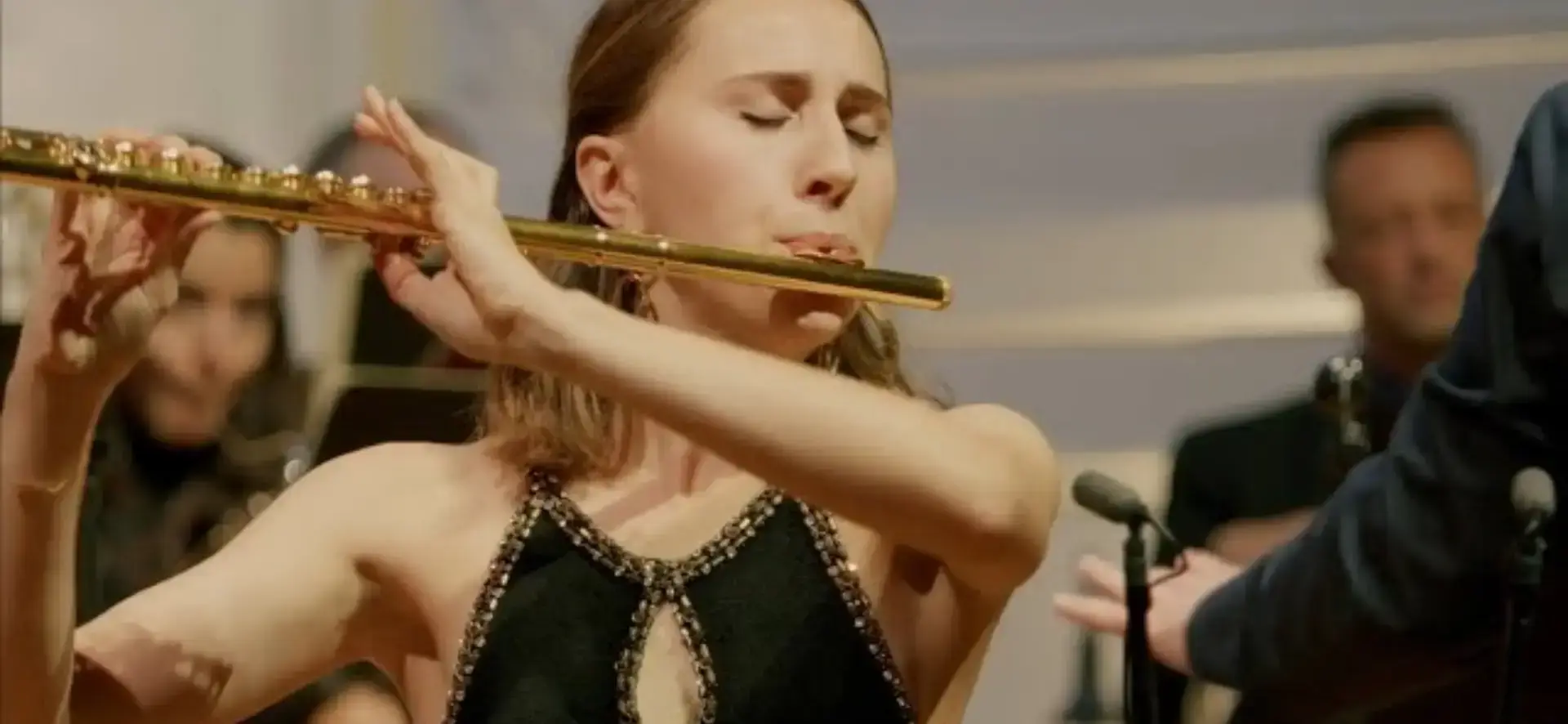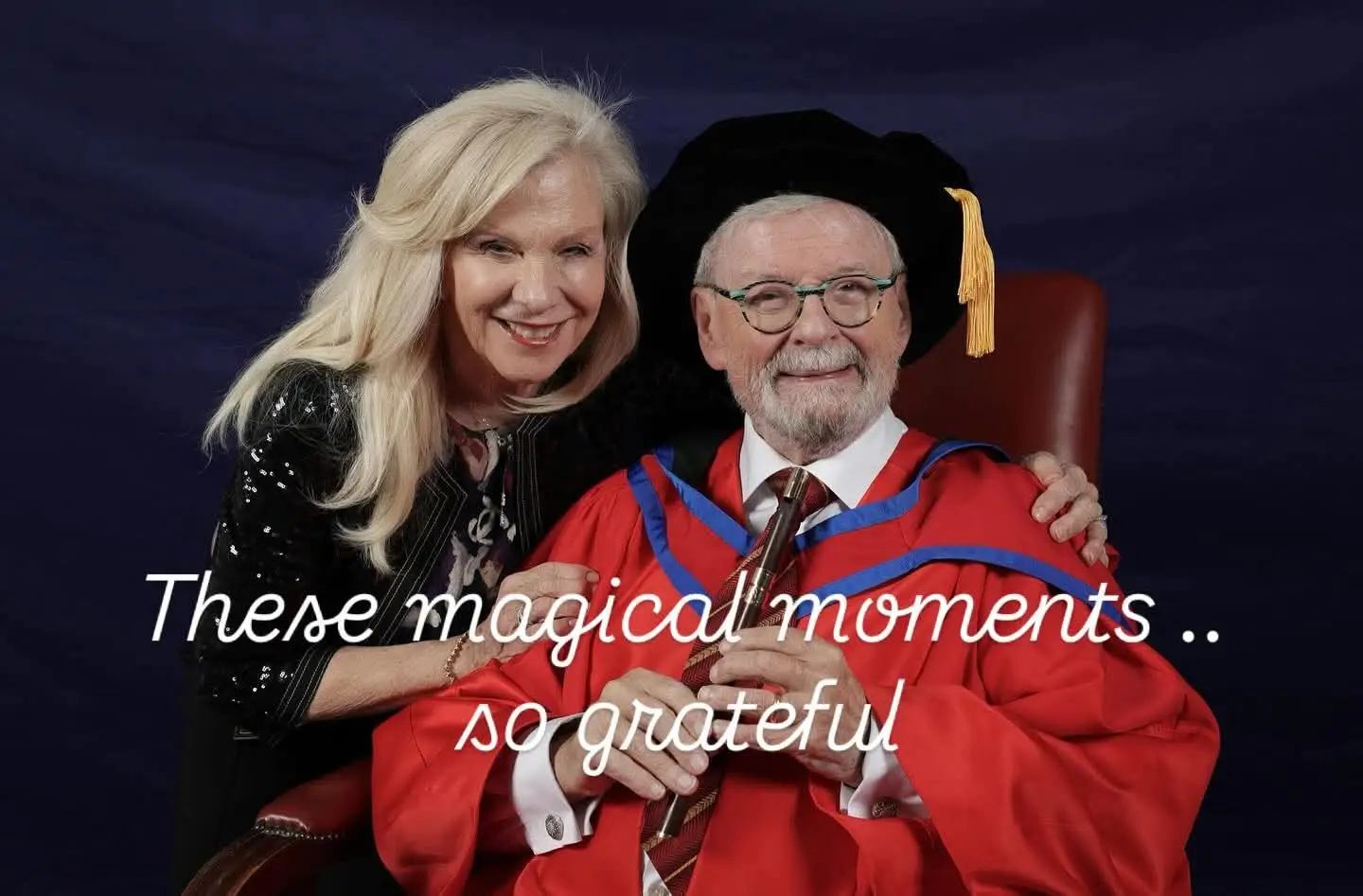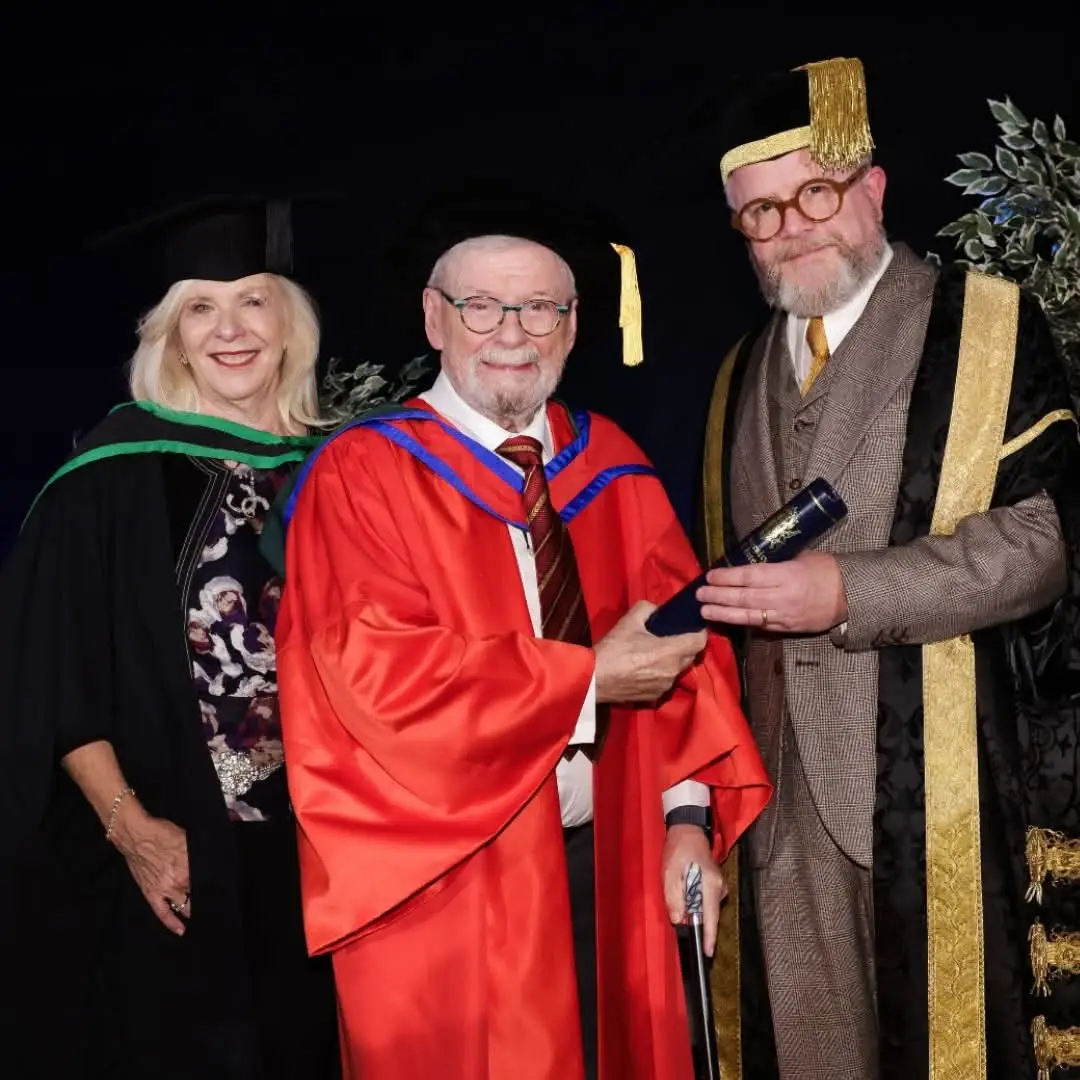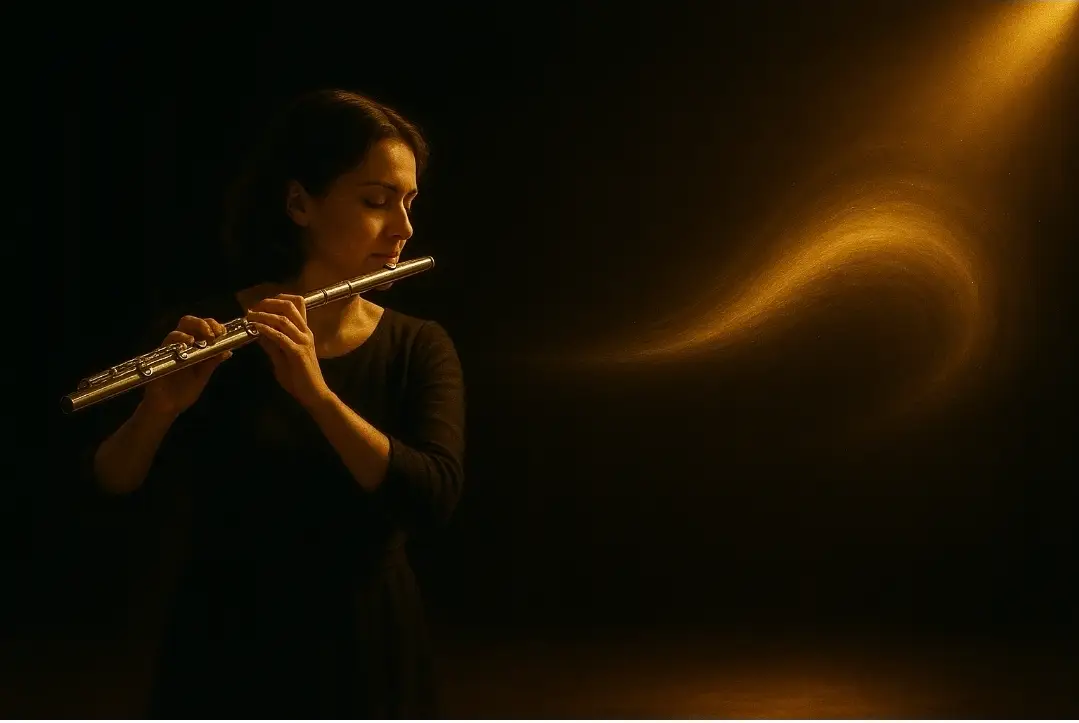Introduction to César Franck’s Sonata in A Major
The Sonata in A Major by César Franck stands as one of the great Romantic masterpieces. Originally composed for violin and piano in 1886, Franck dedicated it to violinist Eugène Ysaÿe as a wedding gift, and it quickly became beloved for its emotive richness and structural innovation. The sonata consists of four movements, unified by the use of cyclic form, where thematic elements recur and evolve across the work. Its lush, lyrical melodies and complex harmonic language have made it a popular choice for adaptation by other instrumentalists, including flutists, as it lends itself beautifully to the expressive capabilities of the flute.
The Fourth Movement: Allegretto poco mosso
The video highlights Mario Caroli’s performance of the sonata’s fourth and final movement, “Allegretto poco mosso.” This movement is often viewed as the emotional culmination of the work, showcasing Franck’s skillful handling of a canon structure where the main theme is echoed between the instruments. The movement begins with a gentle, graceful melody, which builds in intensity, creating a dialogue that seamlessly intertwines the flute and piano. Here, Franck revisits themes from the previous movements, giving the finale a feeling of unity and closure. The “Allegretto poco mosso” is characterized by its serene, uplifting quality, ending the sonata on a warm, optimistic note.
Interpretation by Mario Caroli
Mario Caroli, an internationally acclaimed flutist, brings remarkable depth to this final movement. Known for his ability to navigate a wide range of repertoire, Caroli’s interpretation combines technical precision with emotional nuance. In this performance, he captures the lightness and lyrical beauty of Franck’s music, using subtle dynamics and phrasing to enhance the movement’s joyous, serene atmosphere. Caroli’s expressive tone allows the flute to mirror a vocal quality, revealing the sonata’s inherent lyrical nature and making this rendition both memorable and profound.
As the music is reaching its emotional peak, Caroli intensifies his tone and phrasing, bringing a dynamic strength and warmth that heightens the piece’s uplifting spirit. Gradually, Mario Caroli reaches a deeply dramatic point in the movement, amplifying the intensity of Franck’s themes with remarkable power and expression. In these moments, Caroli’s phrasing becomes more assertive, and his tone carries an emotional weight that enhances the music’s sense of urgency and depth. This dramatic part showcases Caroli’s ability to bring out the full emotional range of the piece, creating a breathtaking moment that resonates with the listener and adds a powerful dimension to Franck’s evocative finale.
Final thoughts
Caroli’s performance of the “Allegretto poco mosso” is a beautiful example of how Franck’s Sonata in A Major can be reinterpreted through the flute. His sensitivity to Franck’s melodies and his dynamic control bring fresh life to this beloved Romantic piece, underscoring the versatility and emotional depth of both the instrument and the music. This performance is a testament to Caroli’s artistry and the timeless appeal of Franck’s masterful composition.










